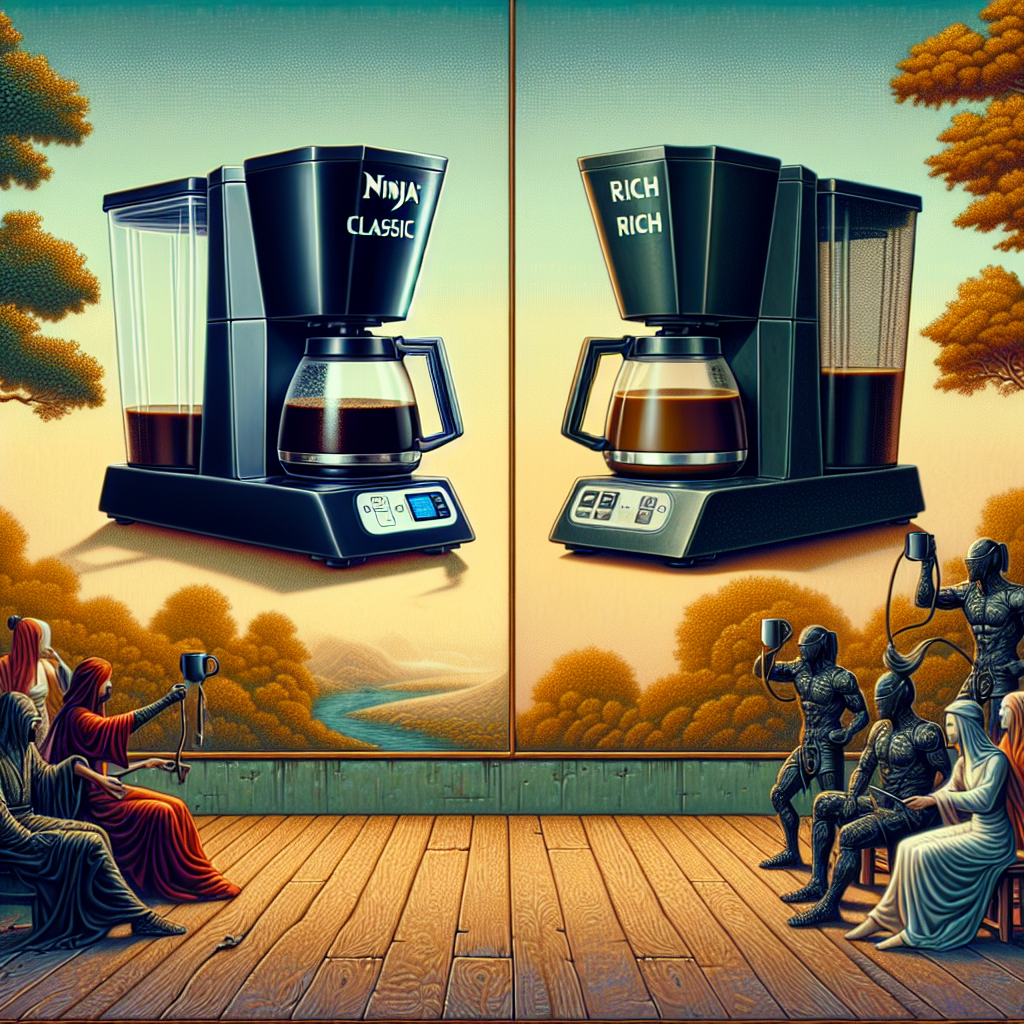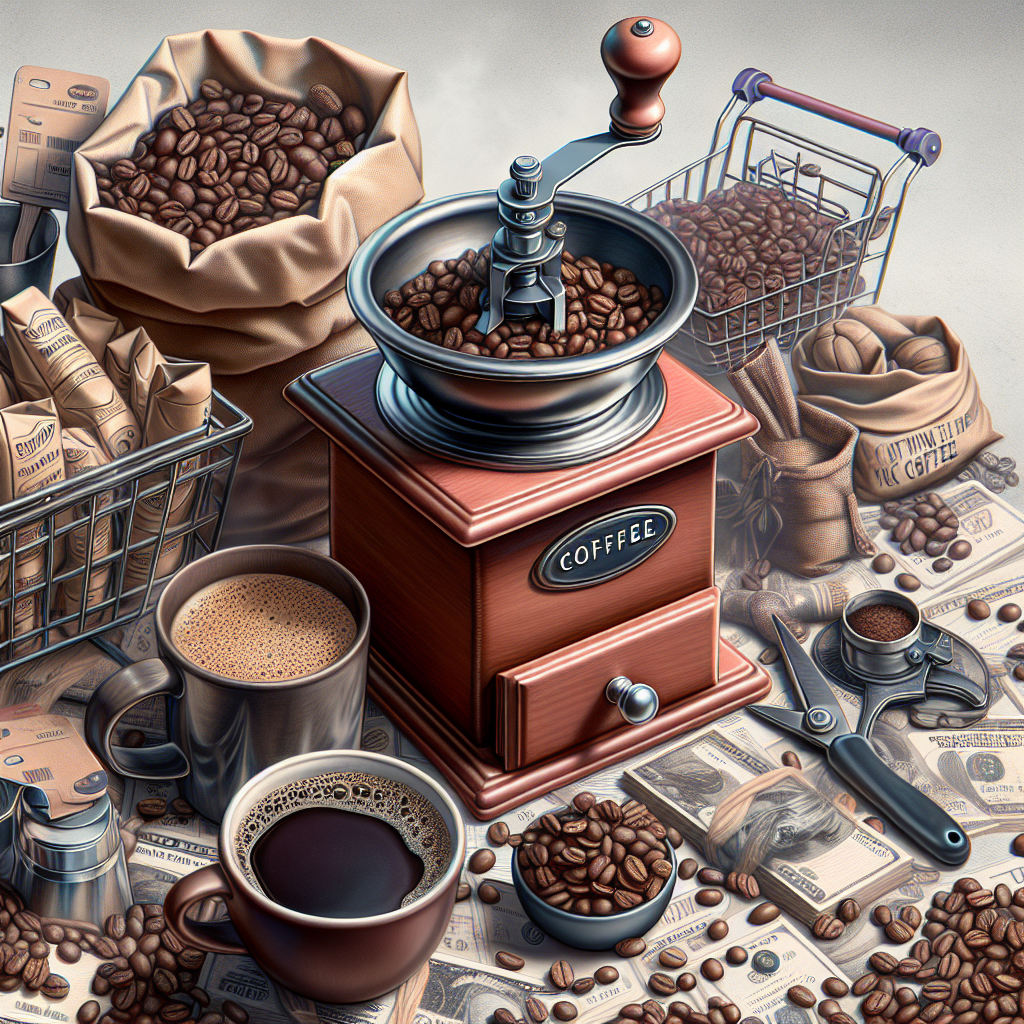Introduction
Imagine waking up to the aroma of freshly brewed coffee, filling your kitchen with its invigorating scent. Your Ninja coffee maker stands ready, but you face a daily dilemma: should you choose the classic or rich setting? This article explores the nuances of both settings, helping you decide which one will create the perfect cup of coffee tailored to your tastes.
- Understanding the Classic Setting
- Diving into the Rich Setting
- Comparing Flavor Profiles
- Brewing Techniques for Each Setting
- Which Setting is Healthier?
- Making Your Choice
- Key Takeaways
- FAQ
- Conclusion
Understanding the Classic Setting
The classic setting on your Ninja coffee maker is like an old friend—reliable, comforting, and always there when you need it. It produces a well-balanced cup of coffee that appeals to a wide range of palates. The classic setting typically brews the coffee at a standard strength, allowing the natural flavors of the beans to shine through without overpowering bitterness or acidity.
Ideal for Any Time of Day
This setting is perfect for those who enjoy drinking coffee throughout the day. Whether it’s your morning wake-up call or an afternoon pick-me-up, the classic setting offers a consistent and familiar flavor that pairs well with any occasion.
Diving into the Rich Setting
If the classic setting is an old friend, then the rich setting is like a thrilling new adventure. This option intensifies the coffee’s flavor profile, creating a bolder and more robust cup. The rich setting extracts more oils and nuances from the coffee beans, resulting in a drink that’s full-bodied and complex.
A Symphony of Flavors
The rich setting is ideal for those who appreciate deeply flavored and aromatic coffee. It’s perfect for savoring slowly, allowing you to experience every note and undertone. Imagine it as a symphony where each instrument plays its part, creating a harmonious and unforgettable experience.
Comparing Flavor Profiles
When comparing the classic and rich settings, it’s essential to consider your personal preference. Do you enjoy a smooth, balanced cup that you can sip all day long? Or do you crave a strong, bold brew that makes a statement with every sip?
For further insights into how black coffee can enhance your daily routine, explore our comprehensive guide on understanding the power of black coffee.
Brewing Techniques for Each Setting
Mastering the art of brewing coffee involves more than just pressing a button. Here are some tips to get the most out of each setting:
- Classic Setting: Use medium-ground coffee and maintain a consistent water temperature. This ensures a balanced extraction that highlights the natural flavors of the beans.
- Rich Setting: Opt for a finer grind and slightly higher water temperature. This helps extract more oils and flavors, resulting in a richer brew.
Which Setting is Healthier?
Both settings offer health benefits commonly associated with black coffee. According to National Institutes of Health, moderate coffee consumption is linked to reduced risk of several chronic diseases. The choice between classic and rich primarily affects flavor rather than health benefits. For a deeper dive into the health aspects, read our post on black coffee origins, nutrition, and health benefits.
Making Your Choice
Ultimately, choosing between the classic and rich settings depends on your personal taste preferences and how you enjoy your coffee. If you love experimenting with different flavors and experiencing the full spectrum of what coffee has to offer, the rich setting may be your go-to choice. However, if you prefer a consistent, easy-drinking cup that you can enjoy any time of day, the classic setting will not disappoint.
Key Takeaways
- The classic setting offers a balanced, smooth cup of coffee suitable for any time of day.
- The rich setting provides a bolder, more complex flavor profile ideal for savoring.
- Both settings have their unique brewing techniques to maximize flavor extraction.
- Your choice depends on personal taste preferences and how you enjoy your coffee experience.
FAQ
Can I use any type of coffee bean with both settings?
Yes, you can use any type of coffee bean with both settings. However, experimenting with different beans can enhance your experience with each setting.
Do I need special equipment for either setting?
No special equipment is needed beyond your Ninja coffee maker. Just ensure you have quality beans and follow the recommended brewing techniques.
Which setting uses more coffee grounds?
The rich setting typically requires a finer grind and may use slightly more coffee grounds to achieve its bold flavor.
Conclusion
In the end, whether you choose the classic or rich setting on your Ninja coffee maker, you’re guaranteed a delightful coffee experience. Each setting has its unique charm and caters to different taste preferences. So why not try both and see which one resonates with your palate? After all, life is too short for bad coffee.
For more guidelines on brewing the perfect cup at home, don’t miss our ultimate guide on brewing the perfect cup of black coffee at home.
“`






